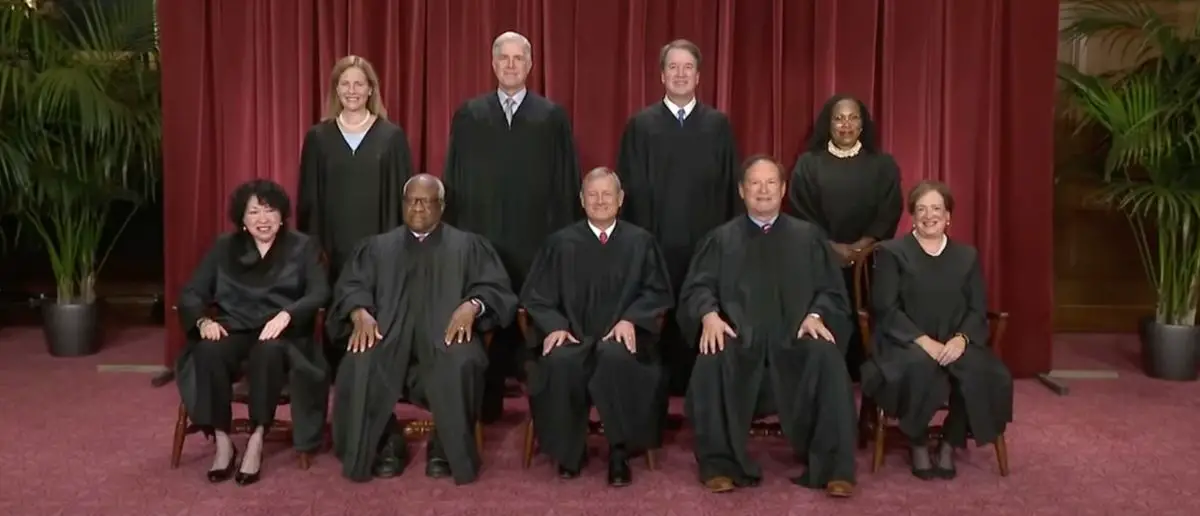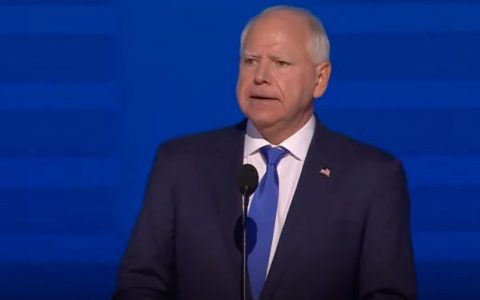
The High Court has a crisis on its hands. The Justices are searching for answers.
As the U.S. Supreme Court’s direct order is being disobeyed and causing chaos.
It’s not often you’ll find that the U.S. Supreme Court’s rulings are being disregarded and disobeyed, but this has become more and more commonplace over the past few years. The Biden administration admittedly and blatantly tried to get around the ruling from the SCOTUS that their student loan forgiveness plans are unconstitutional.
Now there’s reports of the Supreme Court’s ruling on Affirmative Action being outright disregarded, creating a judicial nightmare that could be on the horizon for the appellate court system and the High Court.
On Tuesday, the Students for Fair Admissions (SFFA) issued letters to Yale, Princeton, and Duke, raising concerns about the universities’ adherence to the Supreme Court’s recent ruling on affirmative action and hinting at potential legal action. The correspondence highlights worries that the institutions may not be fully complying with the Court’s decision in Students for Fair Admissions v. Harvard, which declared race-based admissions unconstitutional.
SFFA expressed being “gravely concerned that these schools are not complying” with the June 2023 ruling. Their concerns were fueled by the demographic data for the class of 2028, which showed minimal changes from the previous year, when affirmative action policies were still in place at these universities.
Yale releases first official numbers since affirmative action was declared illegal.
The only minority that saw a decrease was Asians. Yale no longer looks at race but asks for an essay on applicants’ experiences that have shaped their character.
I wonder what they write about. pic.twitter.com/iJ9OqRujid
— Richard Hanania (@RichardHanania) September 4, 2024
Duke University, in particular, reported a 6% decline in Asian student enrollment compared to the previous year, despite previously “explicitly [giving] racial preferences to African Americans and Hispanics” before the ruling. Similarly, Yale reported a 6% decrease, while Princeton saw a 2.2% decline in Asian enrollment for the incoming class.
In its letter to Duke, SFFA emphasized, “You told the Supreme Court that, without explicit racial preferences, it would be impossible to ‘obtain the diverse student body’ that you obtained in the past. [B]ased on SFFA’s extensive experience, your racial numbers are not possible under true race neutrality.”
The Supreme Court’s 6-2 decision backed SFFA’s claim that using racial preferences in admissions violated the 14th Amendment’s equal protection clause, disproportionately affecting Asian American applicants.
In each letter, SFFA asked the universities to clarify the “discrepancy” between their current demographic data and the principles of race-neutrality required by the Court. “Please explain this discrepancy, including any new, substantial race-neutral alternatives that you adopted in response to Harvard,” the letter stated. It warned that failure to provide an explanation would lead SFFA to conclude that the schools are bypassing the Supreme Court’s ruling, with potential litigation on the horizon. “You are now on notice. Preserve all potentially relevant documents and communications.”
SFFA’s president, Edward Blum, commented in a statement: “SFFA hopes these colleges will provide us and the public with specific, granular details about their new admissions policies. Litigation is our last option, but one we will not avoid.”
While the elite universities in question saw minimal changes in Asian enrollment, other schools like Brown University and the Massachusetts Institute of Technology (MIT) reported significant increases. Brown’s share of Asian students rose from 29% to 33%, while MIT saw an even greater jump, from 41% to 47%.
Both institutions, however, saw a decline in the percentage of Black and Hispanic students, with Brown experiencing drops of 6% and 4%, and MIT seeing 8% and 4% decreases, respectively. Meanwhile, Harvard’s Asian enrollment rose to 37%, reflecting the shift following the Court’s decision.
What Happens When a Supreme Court Ruling is Disobeyed?
When a Supreme Court ruling is disobeyed, it can trigger a complex series of legal, social, and political responses that underscore the balance of power in the U.S. legal system.
One of the immediate consequences of disobeying a Supreme Court ruling is potential legal action. Individuals or entities defying the ruling may face contempt of court charges. This could result in fines, sanctions, or even imprisonment for those who refuse to comply. Courts have mechanisms in place to enforce their decisions, and failure to adhere to a ruling can undermine the judicial system’s authority.
To ensure compliance, federal or state authorities may take enforcement actions. This often involves law enforcement agencies stepping in to uphold the ruling, which can range from executing court orders to implementing new policies mandated by the decision. For instance, if a ruling affects a public policy or practice, government officials may be required to change their procedures accordingly.
Judicial Review
In some cases, the issue may return to the courts. If the disobedience raises significant legal questions, it can lead to further litigation. Courts may need to clarify or expand upon the original ruling, which can set new precedents and influence future cases.
This is where the U.S. Supreme Court may be forced to once again address this issue of Affirmative Action and institutional admissions, especially if the matter of specific examples like Yale are not addressed in lower court systems and with the help of the executive branch.
Stay tuned to the DC Daily Journal.





